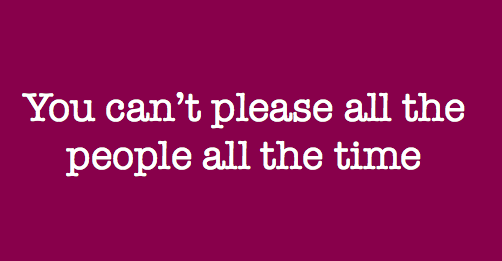We’ve all heard lots about big data recently, but what relevance is it to you and your business?
1. Data for data’s sake
The first thing to know about data is that what ever its size, data is a tool. On it’s own not much use. It’s the insights that can be derived from the data that matter. Insights that tell us about the past, give indicators of the present situation, and ultimately enable prediction of the future.
Data for data’s sake is pointless. Data that is used for insight is golddust.
2. Where’s my data?
Data can come in many forms from many sources. Every business has data about its customers, suppliers, staff, products, and much more (even if it’s only stored in one person’s head). The first challenge is to recognize where the data lies, then how to access it and draw it together and ultimately to derive knowledge and wisdom from the information held in the data, so you can make decisions and take action.
2. Analysis paralysis
Getting the balance right with data is important. Insight provided by one set of questions, often leads to further questions, which leads to further questions… Once you begin to understand one aspect of your customers’ buying patterns, you very quickly want to understand more. And here’ lies the temptation of big data – the desire to want ever more data, so you can make the best possible decisions ever with 100% certainty. This can lead to analysis paralysis, the ever-increasing desire for data leading to indecision and inaction. So, apply your resources appropriately. Don’t get stuck in the rut of data collection. Get enough, make the decision, move on.
3. So, when does little data become BIG data? – Does size really matter?
I expect you’ll realize by now that, in my opinion, this is not the important question. Yes, it matters what computing power you need. Yes, it matters, what data sources you are drawing together. Yes, it makes a difference to the tools you need to process the data. But no, it doesn’t matter how big your data is, as long as you are deriving knowledge and wisdom from it.
And that can be done with very small datasets as well as very big ones.
4. First steps with BIG data
Often the first sensible steps with big data are to practice on little data sets. Understand what you can learn from the data you have. Make decisions based on the knowledge you gain. It’s the decisions you make that will drive your business forward, not the mountain of data.
Want to talk more about making choices based on data? Get in touch.




